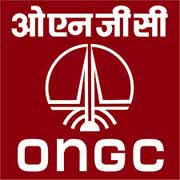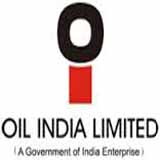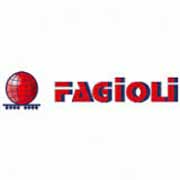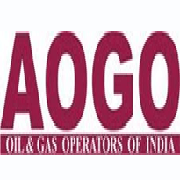-
OVL gets another extension to continue operations in South China Sea block
ONGC Videsh Ltd (OVL) will continue exploration in its South China Sea hydrocarbon block awarded by the Vietnam government, after it got a fresh extension. The previous extension for block No.128 lapsed on 15 June. This comes in the backdrop of Beijing’s claims over most of South China Sea rejected by the Permanent Court of Arbitration at The Hague last month. The decision came after the Philippines took its territorial dispute with China to the international court. “Extension to OVL for the block has been granted,” said a person aware of the development requesting anonymity.
OVL has already got two extensions on the block. The first two-year extension was granted till June 2014, followed by a one-year extension. “The government of Vietnam wants India with them,” said a second person aware of the development requesting anonymity. Vietnam did not want the overseas arm of Oil and Natural Gas Corp. Ltd (ONGC) to exit the block as part of its strategy to leverage India’s state-owned firm’s presence in the controversial waters. It had earlier extended the investment licence by a year till June 2016. “In the process, OVL will also be saving $15 million that it would have to pay if it failed to drill the required number of wells,” said the second person quoted above.
OVL has relinquished block No.127, but continues to hold the licence for block No.128 despite finding no hydrocarbons in it. The move is part of a larger strategic imperative on part of India to contain China in the region. Earlier, China had objected to India’s hydrocarbon exploration projects in the South China Sea, off the coast of Vietnam, asserting its sovereignty over the area covering the two blocks. Experts believe this has more to do with India’s national interests rather than being a commercial initiative.
“The block is not commercially viable for OVL. However, instead of having a profit motive, the state-run unit has strategic motives behind this. The South China Sea block has always been a tough bet for OVL,” said Jabin T. Jacob, assistant director and fellow at New Delhi-based Institute of Chinese Studies. This comes at a time when ONGC is battling concerns over its domestic production capabilities and diminishing yields at its ageing oilfields. OVL has also set a target of 20 million tons (MT) of oil and oil-equivalent gas by 2017-18 from the current levels of 8.36 MT.
Queries emailed to the spokespersons of OVL, embassies of Vietnam and China in New Delhi, India’s ministry of external affairs, petroleum ministry and Petro Vietnam remained unanswered. According to ONGC’s Perspective Plan 2030, OVL will have to contribute 60 MT of the 130 MT targeted total production of oil and oil-equivalent gas, with the balance coming from ONGC’s domestic production. ONGC produced 57.38 MT of oil and oil-equivalent gas in 2015-16. OVL has 37 projects in 17 countries and has invested $23.81 billion in overseas assets. Jordan Wilkins Jersey
Share This



























































































